#children's fashion
Text


Girl's Dress
1885-1890
Paris, France
The MET (Accession Number: 2009.300.993)
#dress#fashion history#historical fashion#1880s#1890s#1885#1889#1890#blue#silk#bustle era#gilded age#belle epoque#france#united states#children's fashion#the met
196 notes
·
View notes
Text
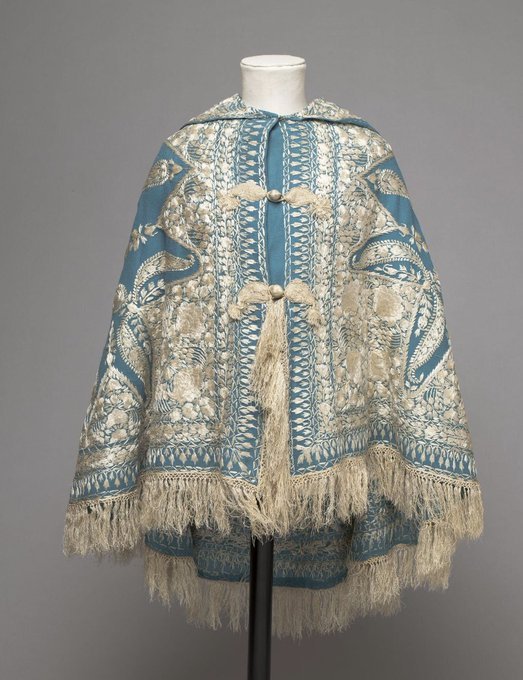

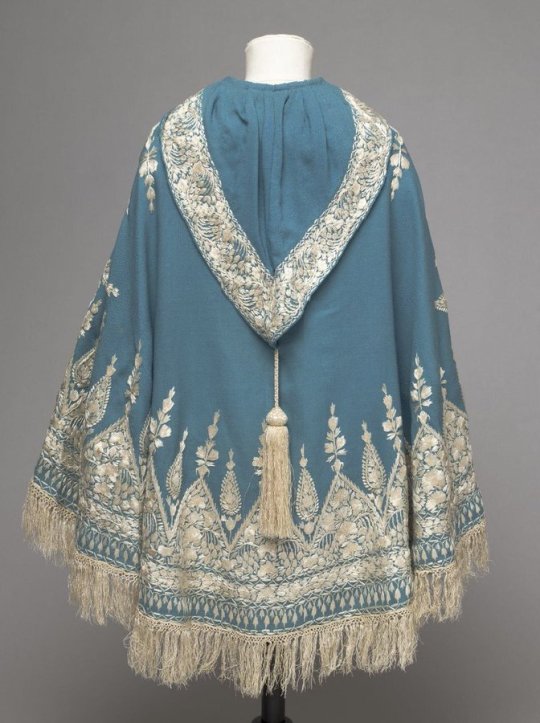
It isn’t quite cape weather yet, a sudden burst of October sunshine brightening the weekend but as nights cool, this peacock blue wool embroidered with cream silk floss will keep small shoulders warm. It is a child’s garment from the 1860s. Possibly Anglo-Indian. V&A.
815 notes
·
View notes
Text

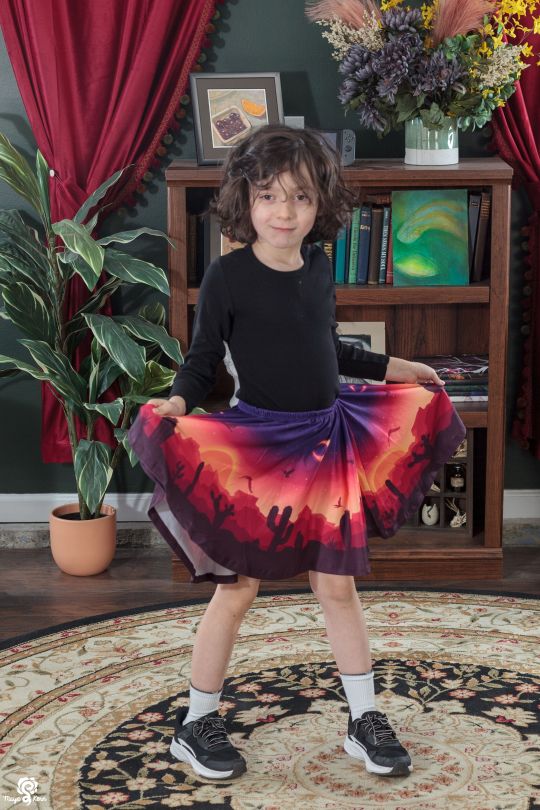
the great thing about our size a miniskirts? they fit most kids as well!!
these skirts are:
✨ size inclusive (XS-8X)
✨ made ethically
✨ fitted with pockets deep enough to hold a nintendo switch or maybe even just so many handfuls of rocks
you can find these skirts and more designs on my store!
152 notes
·
View notes
Photo

Aztec clothing
Edit: Have been informed that this graphic comes from @zotzart . Apologies, and definitely check out their work!
#fashion#aztec#aztec fashion#native american#native american fashion#men's fashion#ceremonial fashion#children's fashion#mexico#mexican fashion
563 notes
·
View notes
Text

#prep#preppy#ralph lauren#preppy kids#kids fashion#stylish#kids#children's fashion#children#dogs#dog#golden retriever#goldenretriever#rugby
85 notes
·
View notes
Text

Some vintage kids! Poses and outfits are referenced from Sears' 1966 catalog.
#vintage fashion#vintage clothing#1960s fashion#1960s aesthetic#1960s#vintage#retro aesthetic#retro#60s fashion#60s#sears#fashion illustration#mod fashion#fashion design#fashion#art#artists on tumblr#artwork#artistsupport#new artist#illustration#illustrator#traditional art#painter#watercolour gallery#watercolor painting#watercolor illustration#watercolor#children's illustration#children's fashion
8 notes
·
View notes
Note
I have a question re: the ambrotype portrait of the two children and a cat (1855-60s). If I am not mistaken, the girl's hairstyle looks like a bobbed cut. Was that a common (or at least not unusual) hairstyle for young girls in that era? Thanks.
Very common! You see lots of young girls with short hair in images from about the late 18th-early 19th century onwards:
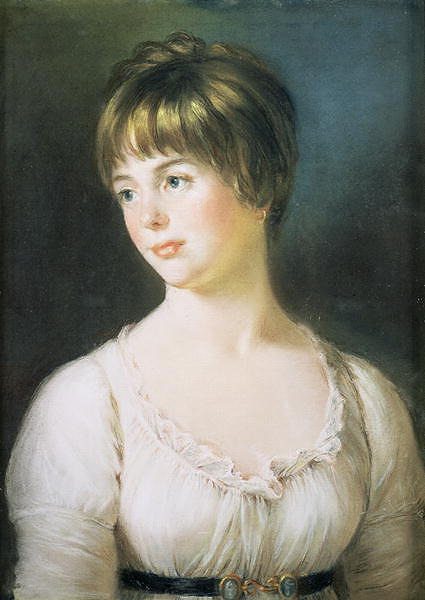
Portrait of a young girl attributed to John Russell. The website I found says c. 1780, but I'd guess more like 1790s-1810s. Note that similar hairstyles were also popular with adult women at the time, briefly.

Portrait of a young girl and a boy, both unknown, by Royall Brewster Smith. c. 1830.
and you see that specific chin-length bob tucked behind the ears a lot in the 1860s particularly:
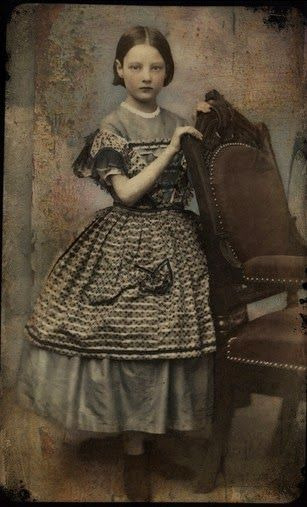
Tintype of a young girl, 1860s.

Little girl, apparently taken in Paris. 1860s.
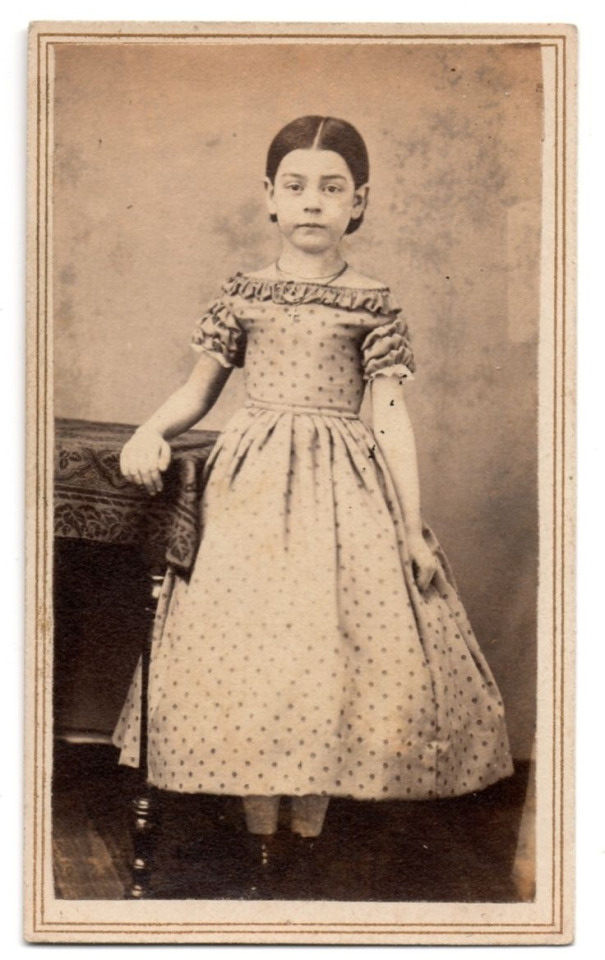
Not much info about this one, but it looks 1860s too.
it even appears on molded-hair dolls of the time:

papier-mache doll, 1860s. once had some bright spark tell me these were actually 1930s boudoir dolls- when I pointed out that they had 1860s children's hairstyles, he said, "well, those are also 1930s ladies' hairstyles!" this man was a PROFESSIONAL DOLL APPRAISER, and these "pumpkinhead"-type 1860s dolls are recognizable on sight to most collectors. and they look nothing like boudoir dolls, which are usually composition when they aren't entirely cloth. not papier-mache. what an ass.
obviously, some little girls had long hair in all of these eras. but short hair was much more commonplace for them than it was for adult women (excepting the Regency-era painting at the top)
#ask#anon#long post#history#children's history#victorian#regency#children's fashion#hair history#beauty history
79 notes
·
View notes
Text

This black velvet evening dress was worn by Jane Johnstone (1803-1847), niece of William Jardine founder of Hong Kong merchants Jardine, Matheson & Co.
The wide neckline and short sleeves of the dress are typical of fashionable evening wear of the mid 1820s. Although it retains remnants of the high-waisted, neo-classical shape popular at the beginning of the century, its construction shows the move towards the lower waists and fuller skirts of the 1850s. The use of velvet demonstrates the trend for more sumptuous fabrics after the dominance of cotton and muslin in the previous two decades.
The death of Princess Charlotte, the only child of George IV, in childbirth in 1817 plunged the whole country into mourning and set the high standards for mourning dress of this period. Fabrics such as silk and velvet were too shiny to be worn for the first stages of mourning, however, official mourning guidelines issued by the Lord Chamberlain decreed that black velvets and silks were permissible in the third and final stage. This dress would have been worn with an evening turban, long gloves and a pelisse cloak, often lined with chinchilla fur. It is likely that it was a gift from William Jardine and was worn when mourning the death of Jane Johnstone's grandmother, Elizabeth Johnstone who died in 1825.
-Via The V&A Museum
On children's roles in mourning:
From the perspective of costume, children were required to follow the stages of mourning and wear the appropriate garments and also attend funerals. For twelve months, children were required to mourn a parent, with the first six months in dull black or crepe to show deepest mourning. For the following three months of this period, the Ordinary mourning phase meant that they could wear black silk without crepe. For the final three months, children were allowed to wear half mourning colours. In General Court mourning periods, children wore mourning according to the mandated requirements, as well as for all relatives.
During this post-1760 period, girls would wear plain silk or muslin dresses with wide sashes. Boys wore ‘skeleton’ suits with soft falling frilled collars. Under the age of six, white dresses were acceptable for boys and girls, even under deepest mourning.
Throughout the 19th century, black was still the standard of mourning, particularly for children over six, and highly required for girls. Boys would have worn white dresses trimmed with black until the age of breeching (four to six). Breeching was when a small boy wore dresses before wearing breeches or trousers and was considered more of a rite of passage, rather than an eventuality.
Mourning regulation went through different permeations in the 19th century and became longer and more rigid. It was on the 7th of November, 1817 upon the death of Princess Charlotte that Lord Chamberlain ordered official Court mourning: ‘the Ladies to wear black bombazines, plain muslins or long lawn crape hoods, shammy shoes and gloves and crape fans. The Gentlemen to wear black cloth without buttons on the sleeves or pockets, plain muslin or long lawn cravats and weepers [white cuffs] shammy shoes and gloves, crape hatbands and black swords and buckles.’ For undress wear, dark grey frock coats were permissible. The Second stage was decreed two months later, with the allowance of black silk fabric, fringed or plain linen, white gloves, black shoes, fans and tippets, white necklaces and earrings, grey or white lusterings, damasks or tabbies and lightweight silks for undress wear. Men’s dress was unchanged. The third stage allowed women to wear black silk and velvet, coloured buttons, fans and tippets and plain white, silver or gold combination coloured stuff with black ribbons. Men could wear white, gold or silver brocaded waistcoats with black suits. The rules set by Lord Chamberlain crossed Europe, the United States (from the 1860s / 70s) and colonial territories, but Court mourning was longer than General mourning. General mourning was growing in popularity due to the accessibility of mourning costume and the cost.
-Via The Art of Mourning
10 notes
·
View notes
Text
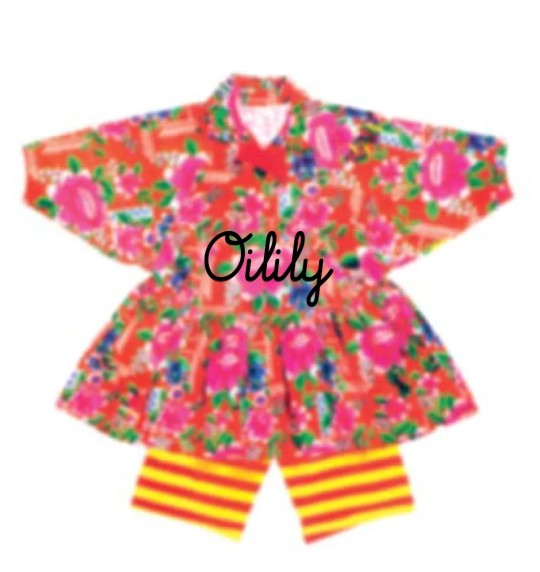

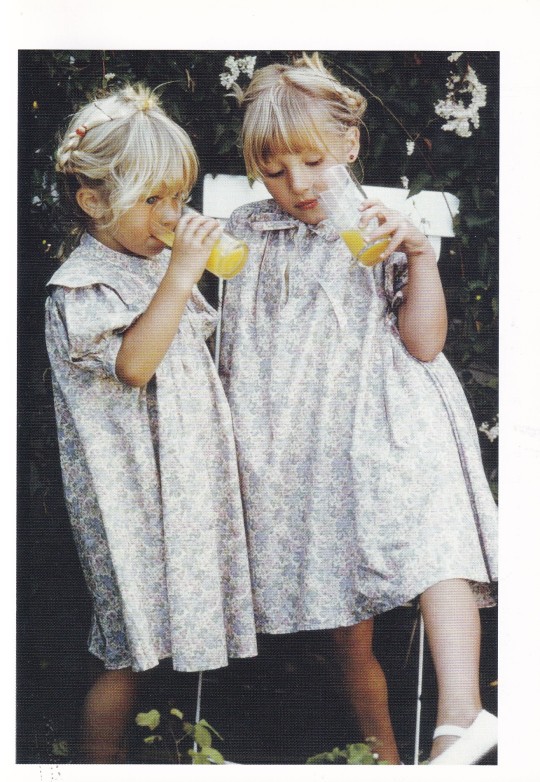

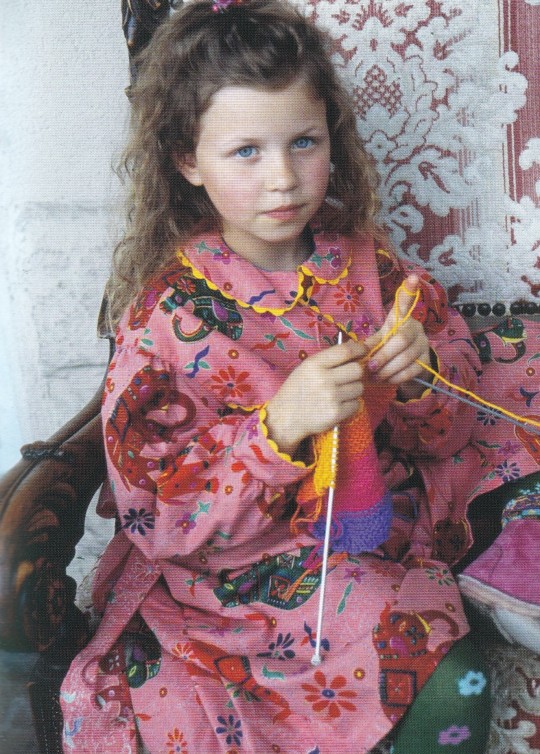

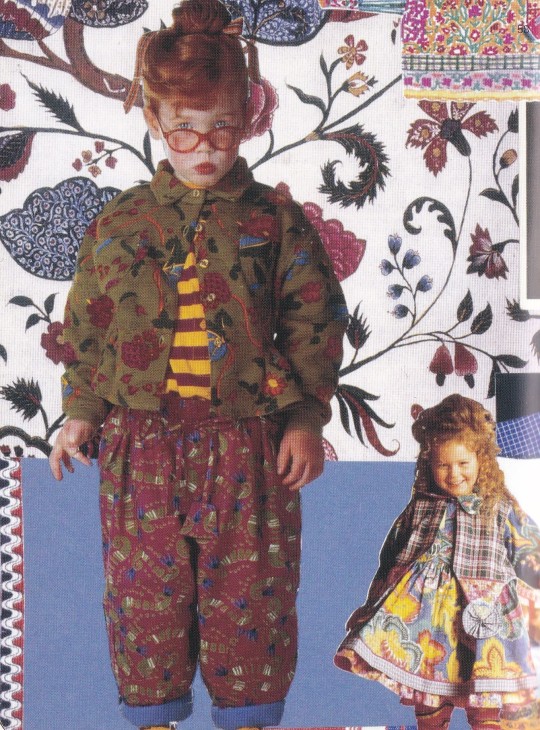
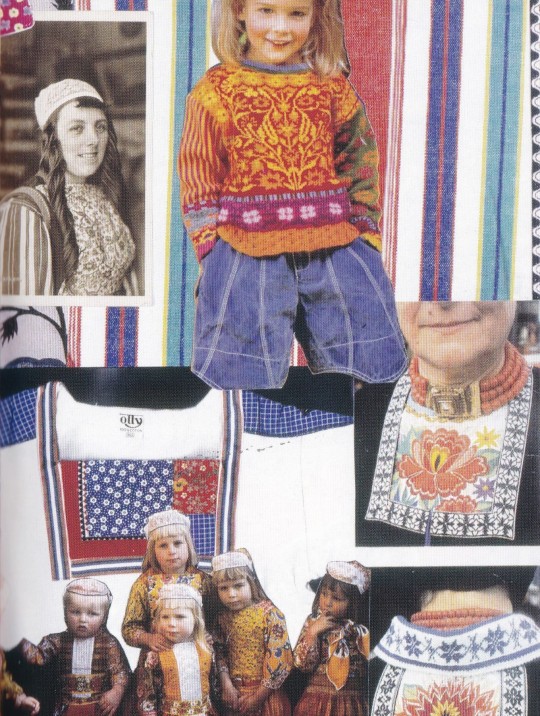
Oilily
Jos Arts
Design Mariola Lopez
Artez Press, Arnhem Netherlands 2010, 144 pages, 100 b/w and colour ills, 12x16,4cm, paperback, ISBN 9789089100702
euro 22,00
email if you want to buy [email protected]
"Children know very well what"s good-looking, but you"ve got to be receptive to what they say. You"ve got to approach them in a way that isn"t silly, and especially that isn"t "childish ". Marieke is very good at that."
Willem Olsthoorn
"You learn through experience what looks good on you, and you come to like those colors more and more. That"s why it"s so important that children be given the chance to develop their own taste."
Marieke Olsthoorn-Roosen
25/12/23
#Oilily#Jos Arts#Mariola Lopez#childrens#children's fashion#moda bambini#fashion books#fashionbooksmilano
2 notes
·
View notes
Note
I have been following you for a while and it is truly fascinating! I got a question as well if you don't mind: what were kids wearing, especially around the 1200s to 1500s? I looked myself but couldn't quite find anything that would be the commoners clothes and considering that kids grow fast I'd love to know how they handled that. Sorry for the long question!
Thank you! I'm glad you find my blog fascinating! I'm sorry it took me long to answer.
This is an interesting question, which I didn't have an answer to, but I wanted do a little digging. What seems to be the case is that children would basically wear miniature versions of their parents' clothing during Middle Ages and Renaissance. There was of course class differences, though less in earlier Middle Ages and increasing towards Renaissance, but also huge regional variation. Here's some examples.

This is from 1250s from an illustrated manuscript. The boy in both illustrations is noble, but at the other boys could be commoners, as the difference at the time was usually in the amount and quality of fabric and layers. Noble wouldn't go with bare feet but commoners might.

Another manuscript illustration from 1456, this time of a peasant family. The boy has very similar clothing to his father, including the chaperon hat.

This is an altar piece from around 1445-50. It's illustrating the seven sacraments and the characters are symbolic in nature. Some of them are clearly dressed as nobles or priests (obviously), but from the three children in middle, the boy in black is probably at least upper class and the boy in brown could be peasant boy.

I find this church mural interesting. It's from 1461 Northern Italy, where people dressed actually like this.

This is common in religious paintings to do a bit more "biblical vibes" and give vaguely long robe-like clothes. But the child is interesting, I haven't seen similar garment in any other painting, and I'm wondering if this was actually some kind of garment for small children at the time or the artist imagining what children wore in "bible times".
I found a lot of portraits of upper class children from 16th century, but not from commoners' children. Though at the time a middle class was already born with merchants getting richer and there was much more variety among the not nobles.

Here's an example of German children of wide variety of ages from 1517 and below is an example German workers from 1505.

The workers' children would be wearing something much closer to them than the upper class kids.
I didn't find information of how lower classes handled the children's growth, but I have some guesses (which should be taken with a bucket of salt). Lower classes had very much adjustable clothes. They were usually either loose or fastened with lacing, which could be easily adjusted. I made it possible to easily make supportive and fitted clothing but also adjust them for pregnancy and also for other people so the clothes could be passed on and still fit. I imagine it worked similarly with children. They would sew the child a simple clothing or get it from a family member or neighbor, adjust the clothing as the child grew and when it couldn't be adjusted anymore, pass that clothing to the next child till it couldn't be repaired anymore and then repeat the cycle.
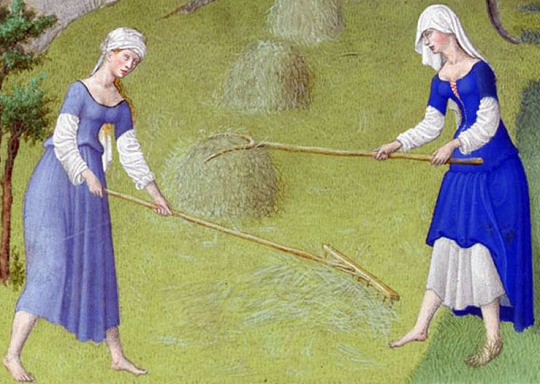
Here's an illustration of peasant women from 1410.
#answers#fashion history#historical fashion#history#dress history#historical clothing#children's fashion#medieval fashion#medieval clothing#renaissance fashion
77 notes
·
View notes
Text
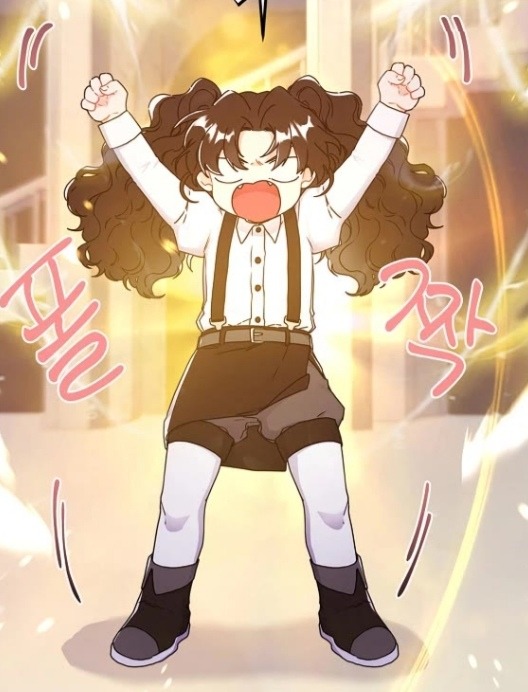









20 notes
·
View notes
Text


Girl's Dress
c.1885
United States
The MET (Accession Number: 2009.300.2489a, b
#dress#fashion history#historical fashion#1880s#gilded age#bustle era#1885#19th century#children's fashion#off white#silk#cotton#united states#the met
194 notes
·
View notes
Photo
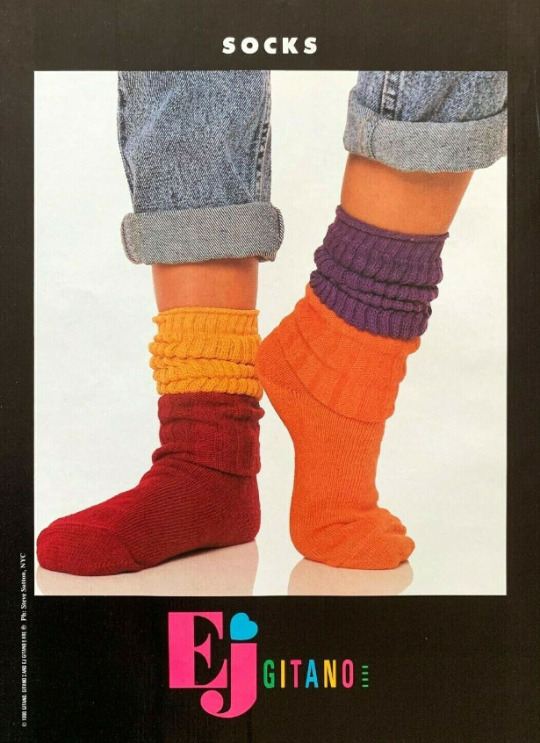
Advertisement for socks by EJ Gitano (1990).
36 notes
·
View notes
Photo

Flower Girl from 1929: History Museum, South Bend, IN
This little dress shows up as one of the items on display at “Unveiled: Wedding Traditions” which runs through January 8, 2023.
It is made of pink silk and the scalloped hemline and cap-sleeves and round neckline are trimmed with ivory colored lace. It is a very simple cut with gathers at the neck, but with extensive shaped trimming near the hemline. As such it follows both the 1920s trends with simple shapes and trimmings making the most of large, flat surfaces, and Mary Brooks Picken’s advice to take as much care designing your child’s clothing as your own.
You can imagine the excitement of a child allowed a SILK dress for the wedding. It looks pristine, so I suspect she was careful not to get it mussed during the feast. We know the exact date on this dress as it was worn by Mary Ellen Frank at the wedding of Helen Honold and Edward R. Quinn.
You can find more information about the exhibit here: https://www.historymuseumsb.org/see-do/exhibits-2/
#history museum#history museum south bend#unveiled wedding traditions#wedding clothing#vintage weddings#vintage flower girl dress#vintage fashion#1920s fashion#costume history#dress history#fashion history#costume history exhibition#fashion history exhibition#flower girl#flower girl fashions#children's fashion#vintage childrens wear
10 notes
·
View notes
Text
Dress, 1830-1850. American. The Met Museum.
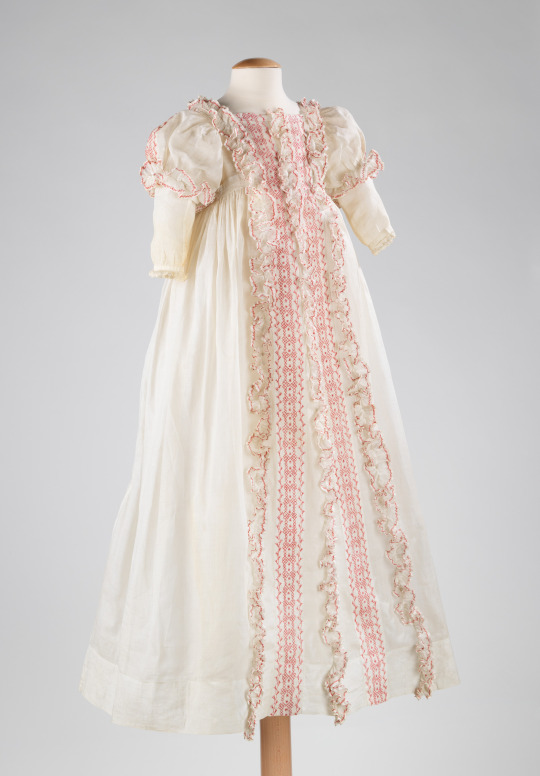
#victorian#victorian era#victorian fashion#19th century#dress#children's fashion#fashion history#historical fashion
2 notes
·
View notes
